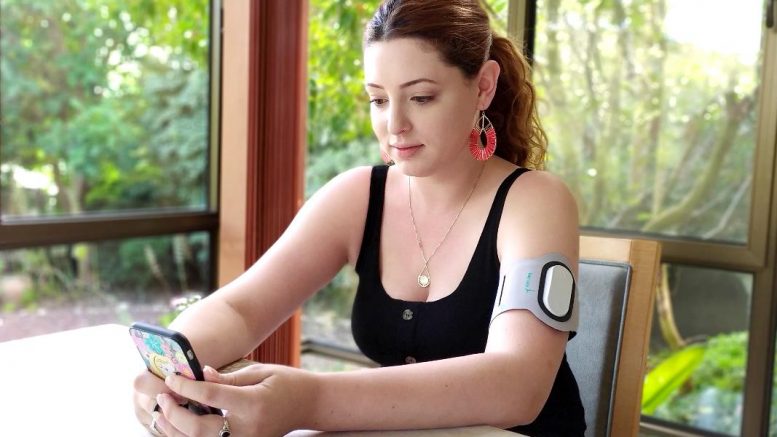Headache Researchers in California and Missouri Conducted a Per-Patient Comparison of FDA-Cleared Wearable Device with Contemporary Usual Care
Theranica, a bio-medical technology company developing advanced electroceuticals for migraine and other pain disorders, announced today the publication of a peer-reviewed paper demonstrating that Remote Electrical Neuromodulation (REN) is as effective as acute pharmacological treatments in treating the symptoms of migraine.
The article, published in The Journal of Headache and Pain, compared the efficacy of Theranica’s Nerivio™ REN device to previous acute care in the same patients. The post-hoc analysis used data from a randomized, double-blind, sham-controlled pivotal study in adult migraine patients. Usual care was the preferred treatment as identified by each individual subject in a run-in phase prior to be introduced to the REN device, and included specific acute migraine medications like triptans, non-specific acute pain relief medications (prescription or over the counter) etc., and non-pharmacological treatments.
At 2 hours post-treatment, pain relief was achieved by 66.7% of the 99 participants following REN treatment versus 52.5% of the participants when usual care was used. Additionally, 50.0% of the participants were pain-free at two hours in at least one of two attacks following REN treatment as opposed to 36.7% when usual care was used. The study also found that REN’s efficacy is unaffected by the use of migraine preventive medications.
“REN is an exciting new pain relief option for migraine sufferers,” said Alan M. Rapoport, MD, Clinical Professor of Neurology at UCLA and past president of the International Headache Society, co-author of the study. “Additional options are needed, especially for those patients who experience challenges with efficacy, tolerability, or contraindications of medications, or medication overuse headaches. Providing the migraine patient community with safe and effective alternatives is important, and REN looks very promising.”
Theranica’s Nerivio™ device is applied for 45 minutes on the upper arm at the start of a migraine attack. It produces an electrical signal that stimulates the nerves and induces conditioned pain modulation (CPM), a descending endogenous analgesic mechanism that inhibits pain in remote body regions. At the same time, the stimulation on the arm remains below the perceptual pain threshold.
“Now that this innovative device has received FDA market authorization, many of my colleagues and I look forward to having it available in the market, as it has the potential to be an effective yet safe alternative treatment for many of our migraine patients,” said Robert Cowan, MD, Professor of Neurology and Chief of the Division of Headache Medicine at Stanford University, who co-authored the study together with Dr. Rapoport and Dr. Jo Bonner, MD, from the Mercy Headache Center in St. Louis, MO.

